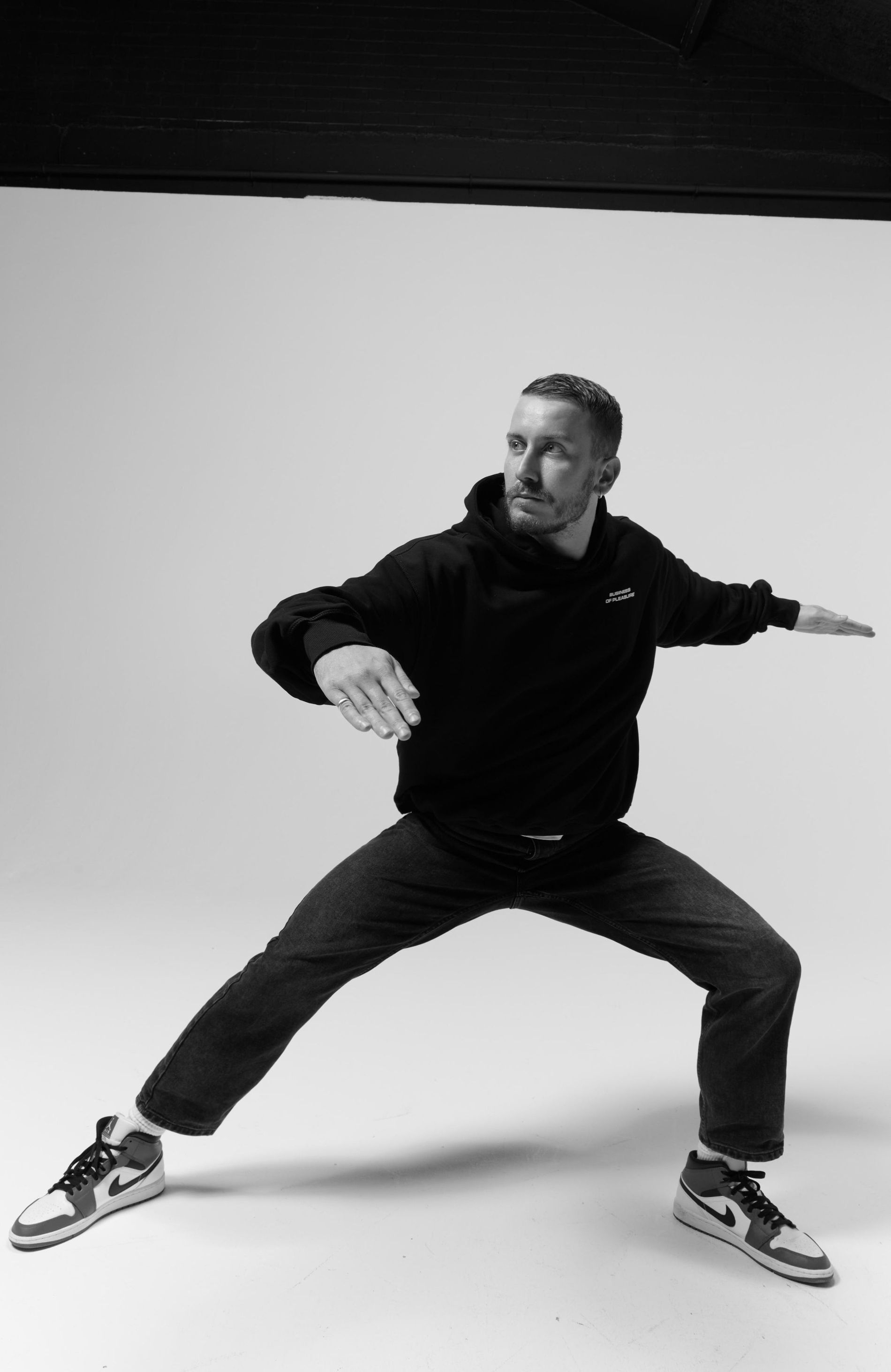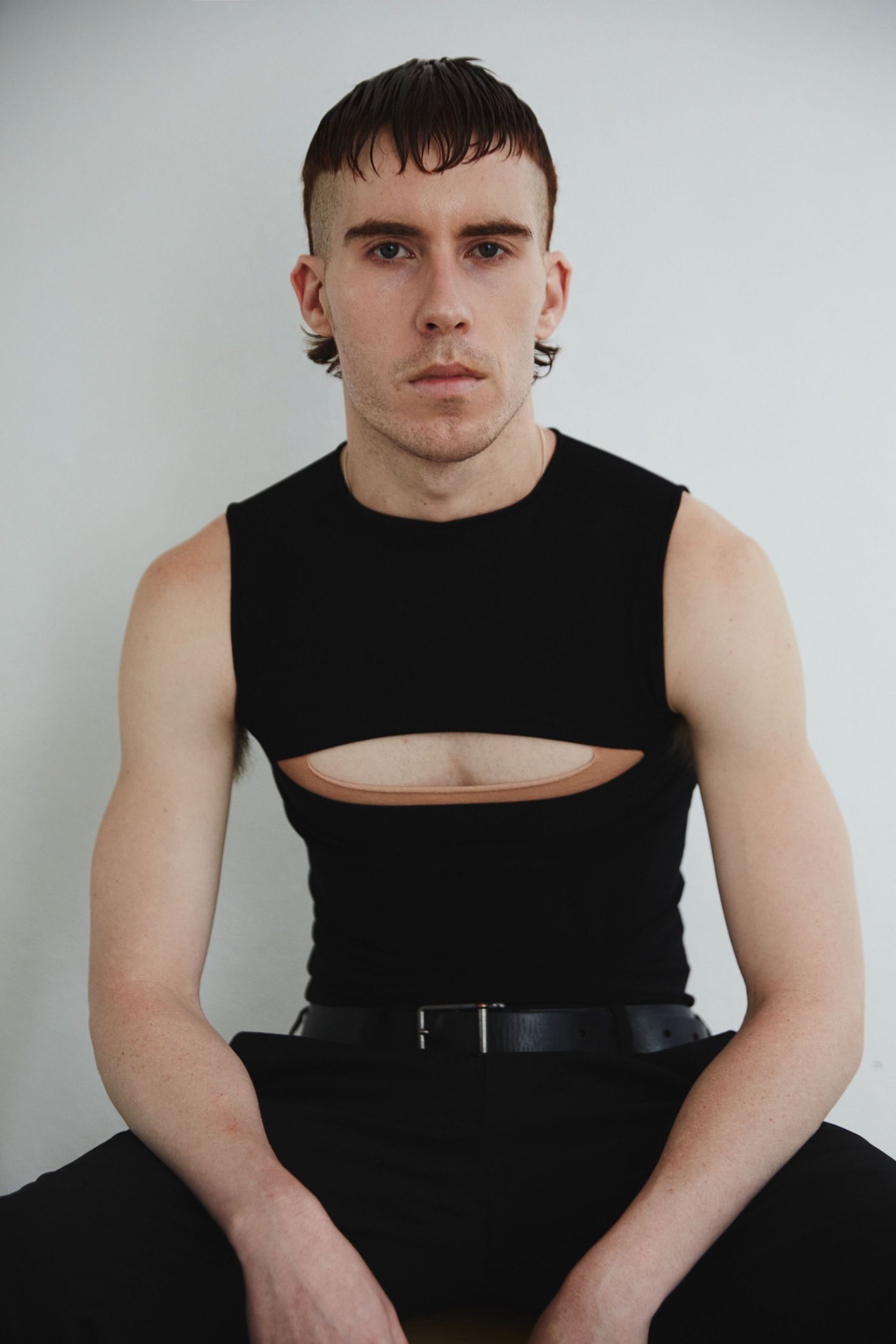Rihanna's Fenty x Savage shows have helped raise the bar for runway spectaculars, and as designer labels face continual pressure to conjure up new ways to vie for our attention, figures from the dance realm are being pulled into the world of fashion like never before
Fashion’s fixation with capturing movement is undeniable. The industry is always attempting – through fabrics – to freeze motion as perhaps only photography can. But the obsession is mutual, as there is also a certain fashion in movement. It, too, goes in and out of style. Movement can embody the zeitgeist of an era, and the runway is where movement in relation to time becomes tangible: it seems that every decade has had its signature way of sending models down the catwalk.
From the 1920s to the 1960s, movement in models appeared reduced to a mannequin-like, static pace that sought to imitate the ordinary – until the 1970s showed the first signs of character. The supermodels brought theatrical expression and individualism in the 1990s; these autonomous and aspirational figures let the public see the person underneath the garments.
The pandemic consolidated fashion films and editorials as the ultimate storytelling tools for the industry. Amid lockdowns and isolation, freedom of movement became a fantasy, and imagination became an essential skill as the new format took over. This helped to accelerate a trend among designers of bringing in established and emergent dance figures to create more visually stimulating showcases of their collections – to engage audiences through the art of movement.
Choreographers may have always been involved in runway shows, “but to be a movement director – beyond dance – you need to understand fashion and how photographers and models work," says Pat Boguslawski, the Polish dancer and mastermind behind that Maison Margiela Spring/Summer 2021 finale moment. "But most importantly," he adds, "you must have a notion of how to create an image.”
Five years ago, instances of a dancer directing models for a magazine cover or a big brand campaign were rare – instead the work relied mainly on the photographer. “In the beginning, I had to explain to a lot of people on set what it is that I did," says Bogusławski. "And it was like that for at least two years. But I decided to push it and make this a real job.” Today, Bogusławski's portfolio includes Vogue covers, Gucci campaigns, and various Margiela shows.

Polish dancer Pat Boguslawski has directed Vogue covers and Gucci campaigns.
The craft of directing movement often entails rethinking motion and making it understandable for those who have not been trained as dancers. “Between dancers, we share a language, a special understanding of the body. There’s not much giving of information,” explains Malik Le Nost, a Gabon-raised, Paris-based dancer who, before turning to movement direction, toured the world with Madonna. “When working with models or actors, you are forced to rethink movement. You become more aware of things you do naturally,” he says.
Le Nost’s on-set duties go beyond creating camera-ready moves, but shaping and developing a treatment for the model’s attitude according to the project. “My stamp is fierceness, but not taking myself too seriously,” he says. This was on display in his most recent work – the Mugler Fall 2021 film – for which he conjured the spirit of the Mugler woman. “This time, that woman was able to defy gravity, she was a superhero,” he says. The idea resulted in models Bella Hadid, Amber Valletta, and Dominique Jackson modelling in impossible pirouettes with the help of stagehands.
“Modelling is not about what you can do with your body, but about the information your body carries. About how much energy you radiate,” says Aga Konopka, a Warsaw-based movement director dedicated to choreographing for the fashion, music and theatre fields. Fashion and movement share a transformative quality – in a ball gown, one feels eternal, or freer when letting loose on a dance floor – not even bound to gender. “Moving doesn't see gender; our ability to move is not connected to it. Dance is about personality, and through dance, we become,” says Konopka.
Australian choreographer Matthew Gode credits Rihanna’s Savage x Fenty shows, choreographed by New Zealand dancer Parris Goebel, with having played a key role in bringing this personality fully into the fashion realm. “If you try to watch these shows without the movement, they don’t have the same punch," he says. "These highly choreographed montages pushed the role of the movement-based community within the fashion world."

Australian choreographer Matthew Gode believes dance is bringing a new energy to fashion shows.
“Movement is the next frontier of how fashion presents its vision," continues Gode. "Clothes are meant to be lived in, and you move when you live. It’s important to see these beautiful [garments] in a four-dimensional vision. That Margiela show, for example, why did we all pay special attention to it? Because of the energy these movements brought to the stage.”
Boguslawski agrees that the energy was key to making the Margiela finale such a defining moment. “It was authentic, and [Leon Dame] was matching the energy that I was trying to channel," he says. "The runway should be a show – it’s not the street. Fashion is supposed to help us escape reality, and with that moment, Leon took the audience to a surreal place.”
And as fashion shows continue to strive for our attention, we can expect such surreal, imaginative moments to become a go-to tool for the big brands - with movement directors pulling the strings.